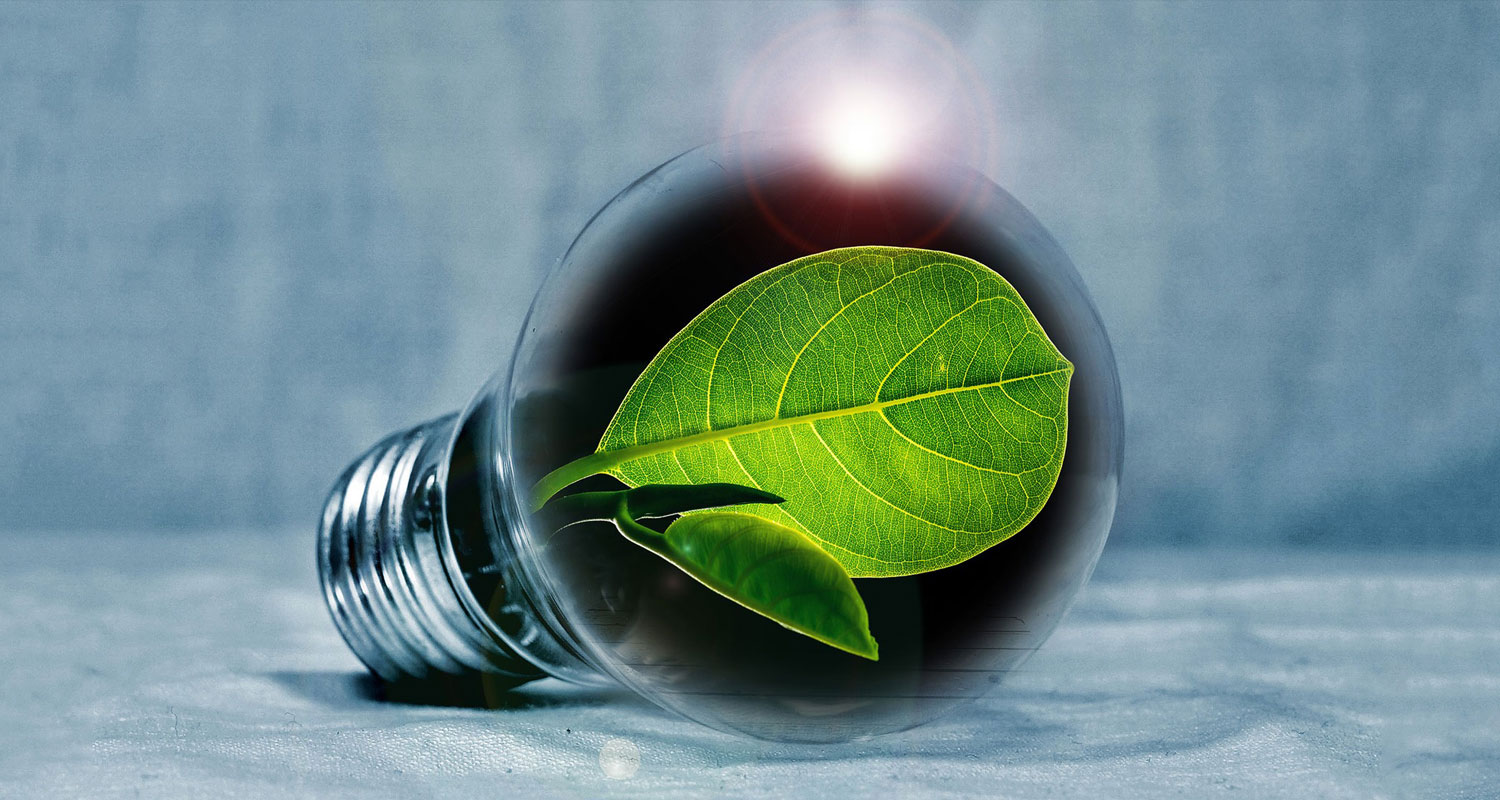 A proposal by wealthy nations to mobilise US$8.5-billion (R150-billion at the time of writing) for South Africa to help reduce its dependence on coal has proved more complex than anticipated, which has stalled its implementation.
A proposal by wealthy nations to mobilise US$8.5-billion (R150-billion at the time of writing) for South Africa to help reduce its dependence on coal has proved more complex than anticipated, which has stalled its implementation.
The money was offered to South Africa at United Nations climate talks in Glasgow last year under a deal that was seen as a possible blueprint for helping other coal-reliant developing countries transition to using cleaner energy. Details of the types of financing that will be made available and the terms and conditions attached to it are still being hashed out, along with South Africa’s investment plans, said Barbara Creecy, environment minister.
“We underestimated when this offer was made exactly how complicated it is,” she said in an interview on 14 September. One has partners “and development institutions with different terms and conditions, and dependent on their own fiscal cycles and so on. So it’s a complicated process.”
South Africa uses coal to generate more than 80% of its electricity and is the world’s 13th largest emitter of greenhouse gases. With the country facing record blackouts this year and a number of its coal-fired plants approaching retirement age, additional generating capacity is urgently needed, along with the money to finance it.
Negotiators are discussing what proportion of the climate funding pledged by the US, UK, Germany, France and European Union last year will be the form of concessional loans and grants, Creecy said.
“We would have no interest in borrowing money that isn’t cheaper, what would be the point?” the minister said. “Treasury borrows money anyway.”
While negotiators aim to announce progress on a deal at the Cop27 climate talks in Sharm El Sheikh in Egypt in November, Creecy would only go so far as to say she hopes that will happen.
Up to the president
John Kerry, the US’s special presidential envoy for climate, said progress is up to South Africa’s President Cyril Ramaphosa.
“We’re waiting for the South African government to put some things on the table,” Kerry said in an interview at a conference in Dakar, Senegal on Thursday. “It would be great to have it done by” the time of the meeting in Egypt, he said. “That’s what I am hoping, but I’m not saying we will,” he added.
South Africa envisions a large part of the agreed funding going to Eskom, which is working on plans to repurpose its older coal-fired power plants to produce renewable energy and expanding the power grid. The government also wants consideration to be given to directing money towards developing an electric vehicle industry and green hydrogen projects, Creecy said.
Read: Africa’s first green hydrogen power plant to be built in Namibia
Consultations with communities in areas that could be hardest hit by the phasing out of coal are under way and plans are being developed to retrain workers and establish new industries that could employ them, she said.
The minister met this week met with one of the World Bank’s vice presidents — who she didn’t name — and they indicated the lender’s willingness to provide future funding support to help South Africa move toward green energy. — S’thembile Cele and Loni Prinsloo, (c) 2022 Bloomberg LP




